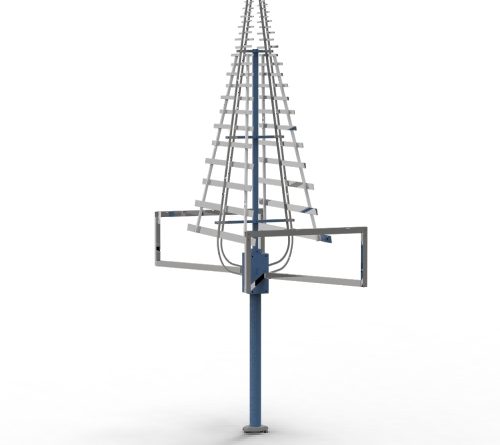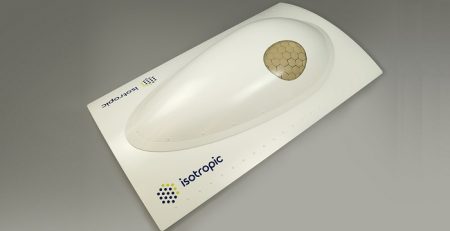Why the Gain of Log Periodic Antenna Is Great for Wideband Use
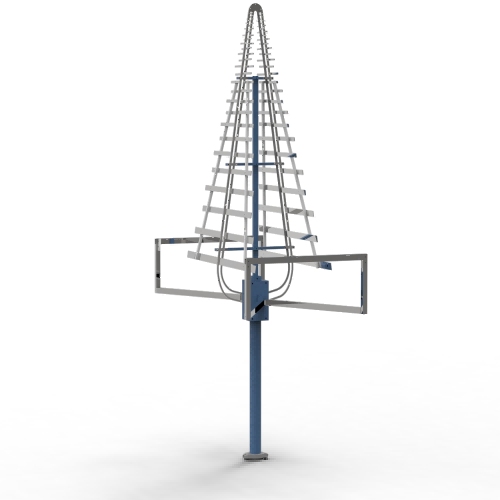
What Makes Log Periodic Antennas Unique
Log periodic antennas, known as logarithmic antennas, operate across multiple frequencies through their unique design structure. The log periodic antenna operates at multiple frequencies because it contains multiple elements with different lengths and spacing patterns. The logarithmic arrangement of elements enables the antenna to maintain consistent performance across various frequency ranges.
A log periodic antenna consists of two metal elements that follow a logarithmic pattern of increasing and decreasing length and spacing. The antenna maintains identical electrical properties across multiple frequency bands because of its unique design structure, which provides a wide bandwidth and stable operation.
The system operates at stable performance levels when frequency changes occur. The self-compensating design of the geometry maintains a constant radiation pattern across all operating frequencies from low to high. The log periodic antenna provides excellent stability and precise directionality for wideband applications.
The directional radiation of log periodic antennas enables signal focusing in a particular direction through efficient power transmission.
Comparing Log Periodic Antennas to Other Common Types
Different antennas exist to fulfill various operational requirements. Yagi antennas deliver high gain and focused directivity, but they operate effectively only within specific narrow frequency bands. The antenna design works best for systems operating at one frequency, but it does not perform well when systems need to switch between different bands.
The basic design of dipole antennas provides affordable operation, yet they function best within specific frequency bands. Users must perform retuning or antenna replacement when their frequency needs shift.
Log periodic antennas serve as a solution to bridge the gap between these two options. The antennas deliver both strong signal gain and broad frequency range operation, which makes them suitable for wide-range applications in RF engineering and testing fields.
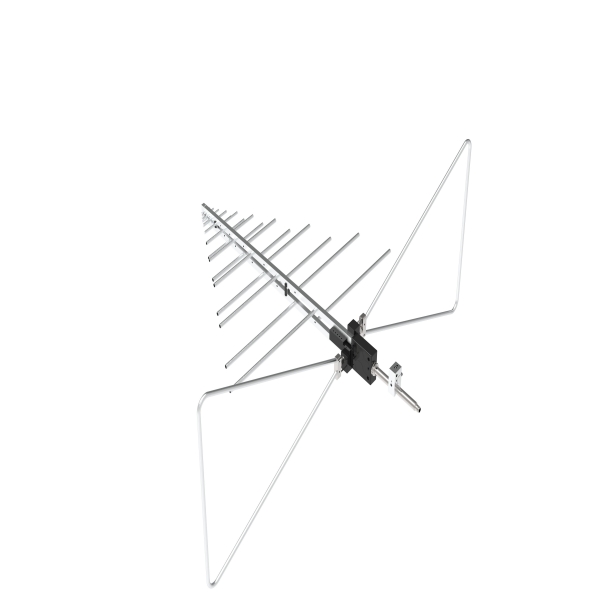
The Advantage of Gain in Log Periodic Antennas
Understanding Gain in Antenna Design
The direction of signal power output from an antenna determines its gain value. A flashlight with a focused beam produces illumination that reaches farther distances while becoming brighter. The strength of transmitted signals increases when antenna gain levels rise, which results in improved transmission quality.
The OBH-1020-15 horn antenna from RFecho provides 15 dBi of stable gain, which operates between 1 GHz and 2 GHz frequencies for communication and testing applications. The standard horn antenna models from RFecho operate within specific frequency bands, but log periodic antennas provide wider operational bandwidth.
Why Log Periodic Gain Works Well for Wideband Applications
Log periodic antennas provide stable frequency performance, but they do not match the high gain levels of horn antennas, which are designed for specific applications. The Log-Periodic Antenna OLP-270 maintains stable field strength from 200 MHz to 7 GHz, which enables seamless signal transitions between different environments.
The antenna maintains stable gain performance, which makes it suitable for different applications, including television broadcasting, wireless communication, RF testing, and signal monitoring. The antenna provides users with extended operation time because it supports multiple frequency bands through software adjustments instead of requiring hardware modifications or recalibration.
Practical Benefits for Everyday Use
Versatility Across Frequencies
The main benefit of log periodic antennas stems from their ability to operate across a broad range of frequencies. A single antenna functions as a testing tool, transmission device, and reception system without requiring any adjustments. The ability to operate across different frequencies makes this feature essential for environments that experience regular frequency changes.
The Log-Periodic Antenna OLP-00360 model operates efficiently from 700 MHz to 6 GHz, while the OLP-00810 model extends its range from 80 MHz to 1 GHz, making them practical tools for RF laboratories, field measurements, and communication systems.
The wide range of operation makes one log periodic antenna capable of replacing multiple narrowband models, which reduces both expenses and deployment duration.
Easy Installation and Reliable Performance
The installation process remains simple to perform. The devices weigh lightly, which enables users to easily attach them to tripods and fixed installation points. Standard mobile testing adapters come included with certain models of the product.
The OLP-00360 model from RFecho provides both durability and a compact design, which delivers reliable performance in both indoor and outdoor environments. The low VSWR design of this model minimizes reflection losses while maintaining efficient power transmission, which preserves signal quality across different operating conditions.
The dependable nature of log periodic antennas makes them suitable for professional testing and practical applications, which include EMC compliance verification and wireless signal distribution.
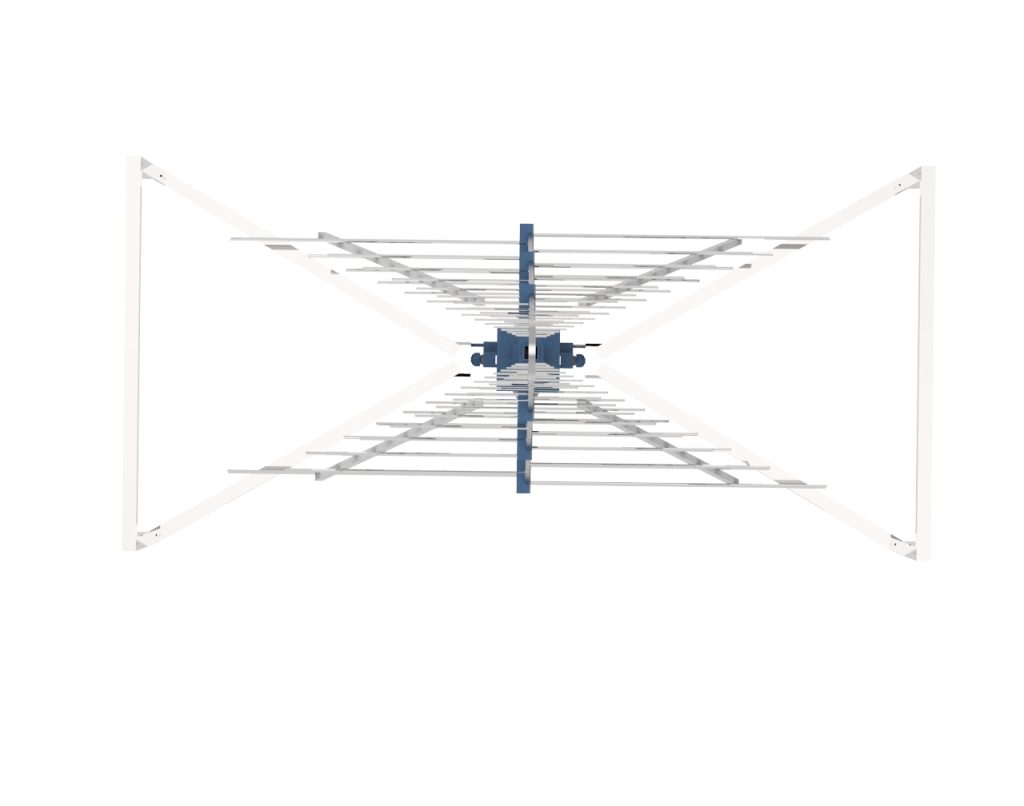
Why Engineers Prefer Log Periodic Antennas
Engineers and testing professionals need performance repeatability as their main requirement. The design of log periodic antennas provides stable directional characteristics and predictable impedance, which results in reliable measurement data.
The testing process becomes more efficient because these antennas provide stable impedance values across a wide frequency range, which simplifies the calibration process for EMC and RF verification tests. The testing process becomes more efficient while producing more accurate measurement results.
Summary
The log periodic antenna design achieves three essential features through its single compact structure: wideband coverage, stable gain, and directional efficiency. The antennas operate as reliable multi-band monitoring tools for laboratory testing and communication systems without requiring regular adjustments.
The practical advantages of these components include stable output, flexible frequency response, low VSWR, and simple setup procedures, which make them vital for industrial and research-grade RF environments.
RFecho offers log periodic and broadband horn antennas that meet high standards for professionals who need reliable wideband solutions for EMC testing, wireless systems, and advanced measurement applications.
FAQs
Q1: A log periodic antenna operates within what specific frequency band?
The antenna models operate between 80 MHz and multiple gigahertz frequency ranges. The RFecho OLP-00360 operates at maximum efficiency between 700 MHz and 6 GHz.
Q2: The log periodic antenna will produce what level of signal gain?
The gain of log periodic antennas usually falls between 6 dBi and 10 dBi. The gain of log periodic antennas remains stable across broad frequency ranges, although it is lower than Yagi antennas.
Q3: Do log periodic antennas function properly when deployed outdoors?
Yes. The RFecho models use corrosion-resistant materials, which enable them to operate with stable VSWR in both hot and humid outdoor conditions.
Q4: Log periodic antennas provide their highest performance benefits to which applications?
The antennas operate best for EMC testing, RF measurement, broadband communication, and signal monitoring applications that require multiple frequency operations.
Q5: What steps do I need to follow when selecting an appropriate model?
The selection process requires you to determine your operating frequency range, required gain level, and setup environment. The RFecho engineering team offers customized data sheets and testing and communication solution recommendations based on your specific requirements.

